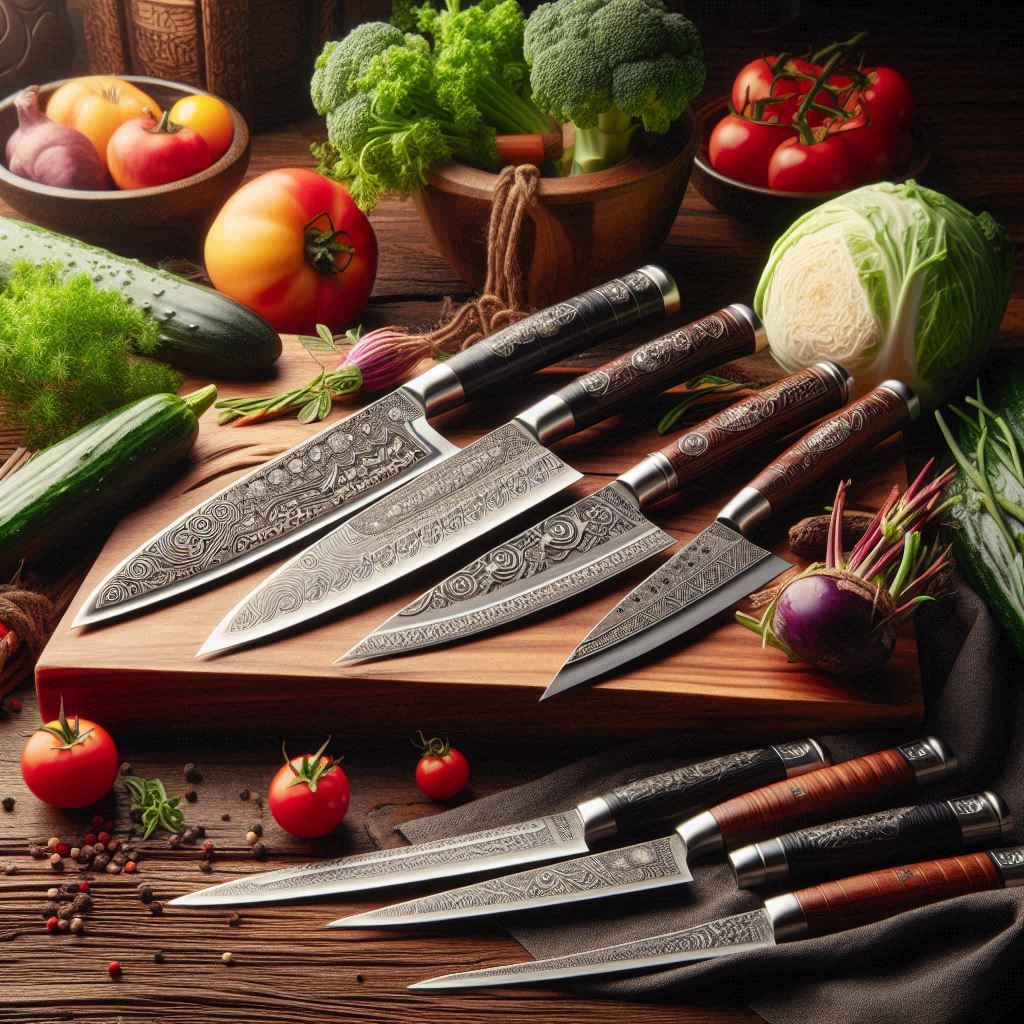
Japanese knives are more than just kitchen tools—they are the culmination of centuries of tradition, meticulous craftsmanship, and innovative design. Revered by professional chefs and home cooks alike, these knives stand out for their razor-sharp edges, superior materials, and unparalleled performance. In this blog, we’ll explore why Japanese knives are considered the best in the world, the different types available, and the top brands that embody this legacy.
Why Japanese Knives Are Unmatched
1. Centuries of Tradition and Expertise
Japanese knife-making traces its roots to the art of forging samurai swords (katana). Regions like Sakai, Seki, and Tosa have been centers of blade production for over 600 years, with techniques passed down through generations 37. This heritage ensures that every knife is crafted with the same precision and dedication as the legendary swords of old.
2. Meticulous Handcrafted Perfection
Unlike mass-produced knives, Japanese blades are often hand-forged, with artisans spending days or even weeks on a single knife. The process involves:
- Forging: Shaping high-carbon steel at extreme temperatures.
- Sharpening: Using multiple whetstones for a razor-sharp edge.
- Handle Attachment: Ensuring perfect balance and comfort 710.
3. Superior Steel and Cutting Performance
Japanese knives use high-carbon steel (e.g., VG-10, SG2, Blue Steel #2), which is harder than Western steel, allowing for:
- Thinner, sharper edges (often 15° per side vs. 20–25° in Western knives).
- Longer edge retention, meaning fewer sharpenings 58.
- Some blades also feature Damascus or layered steel (San Mai, Honyaki), combining beauty with durability 610.
Japanese Knives for Every Culinary Task
Japanese knives are precision-engineered for specific purposes, ensuring optimal performance in the kitchen. Unlike Western knives, which often follow a “one-size-fits-all” approach, Japanese blades are designed with distinct shapes, bevels, and weights tailored to different ingredients and cutting techniques. Below, we break down the most essential Japanese knife types, their key features, and what they excel at—so you can choose the perfect blade for your cooking style.
Gyuto (Chef’s Knife) – The Ultimate All-Purpose Blade
Best For: Slicing meat, chopping vegetables, filleting fish
Key Features:
-
- The Japanese equivalent of a Western chef’s knife but with a thinner, sharper blade.
- Typically 7–10 inches long, with a slight curve for rocking cuts.
- Made from high-carbon steel (e.g., VG-10, Blue #2) for superior edge retention.
Why It’s a Must-Have: If you could own just one Japanese knife, the Gyuto is the most versatile choice. Its balanced weight and sharp edge make it ideal for everything from dicing onions to breaking down poultry.
KAI AE5204 Gyuto Knife Seki Magoroku Damascus 7.1″ (180 mm)
Experience professional precision with this Japanese Gyuto knife. Its stunning Damascus steel blade delivers exceptional sharpness, while the ergonomic laminated wood handle ensures comfort and control. Designed with a welded stainless steel base to resist rust, this knife masterfully blends beauty, function, and durability for the discerning chef. Check it out here!
Santoku – The Compact Powerhouse for Home Cooks
Best For: Precision slicing, dicing, and mincing
Key Features:
-
-
Shorter blade (5–7 inches) with a flat edge and “sheep’s foot” tip.
-
Often features a Granton edge (hollow indentations) to prevent food sticking.
-
Lighter than a Gyuto, making it easier to control for delicate tasks.
-
Why Chefs Love It: The Santoku is perfect for home cooks who want agility and precision. Its shorter length excels at fine cuts, like julienning herbs or thinly slicing garlic.
Artisan Japanese Santoku Knife with Stunning Damascus Blade
Crafted for the discerning home chef, this Japanese Santoku knife beautifully merges art and function. Its core feature is a spectacular 32-layer Damascus steel blade, which ensures exceptional sharpness and durability for precise slicing, dicing, and mincing. Paired with a comfortable and secure laminated wood handle, this knife offers ideal control and balance. Both elegant and ergonomic, it’s an indispensable tool for those who appreciate craftsmanship and performance in the kitchen. Check it out here!
Yanagiba – The Sushi Master’s Blade
Best For: Slicing raw fish for sashimi and sushi
Key Features:
-
- Long, slender blade (9–12 inches) with a single-bevel edge for ultra-thin cuts.
- Minimizes tearing, preserving the delicate texture of fish.
- Traditionally made with Shirogami (White #2) steel for unmatched sharpness.
Why It’s Essential for Sushi: A Yanagiba ensures clean, single-stroke slices—critical for professional-grade sashimi. If you’re serious about Japanese cuisine, this is a game-changer.
KAI Seki Magoroku Kinju Yanagiba 24cm: The Fillet Expert
Master precise cuts with this right-handed Yanagiba. Its heavy, durable blade (58 HRC) effortlessly glides through fish and meat, even tackling small bones. The legendary Japanese V-cut ensures flawless, smooth slicing every time. The perfect blade for serious chefs seeking traditional performance. Check it out here!
Nakiri – The Vegetable Specialist
Best For: Chopping, slicing, and julienning vegetables
Key Features:
-
- Rectangular, flat-edged blade for straight-down chopping (no rocking needed).
- Thin, lightweight design glides through produce effortlessly.
- Often made with stainless steel for easy maintenance.
Why Veggie Lovers Need It: The Nakiri is a plant-based chef’s dream. Its straight edge ensures uniform cuts, perfect for stir-fries, salads, and pickling prep.
Kai KAI AE5206 Nakiri Knife Seki Magoroku Damascus, 6.5 inches (165 mm)
Perfect your vegetable prep with this expertly crafted Japanese Nakiri knife. Designed for professional precision, its Damascus steel blade offers exceptional sharpness and a stunning visual appeal, while the inverted triangle wooden handle ensures a comfortable and secure grip. Ideal for slicing, dicing, and chopping vegetables with ease, this knife combines functional beauty, effortless control, and lasting durability in one elegant tool. Try it here!
While the right Japanese knife is essential for precision slicing and dicing, the cornerstone of many Asian dishes is the wok. To complete your stir-fry setup, learn how to choose the perfect partner for your new knives in our guide: How to Choose the Perfect Wok You’ll Love.
Deba – The Heavy-Duty Fish Butcher
Best For: Filleting whole fish, breaking down poultry, and light bone chopping
Key Features:
-
- Thick, sturdy spine (up to 1/4 inch) for durability.
- Single-bevel or hybrid bevel for controlled cuts.
- Traditionally used by sushi chefs to portion fish with minimal waste.
Why It’s a Pro Favorite: The Deba handles tough tasks like removing fish heads and splitting crab shells while maintaining surgical precision.
Mercer Culinary Asian Collection Deba Knife
Tackle heavy kitchen tasks with this traditional Japanese Deba knife. Forged from high-carbon German steel with a single-bevel edge, it delivers the exceptional strength needed to cleanly cut through fish bones, heads, and tails. The comfortable wooden handle offers superior control, making this cleaver-style knife a durable and reliable tool for professional-grade butchery and precise seafood preparation. Check it out here!
Top Japanese Knife Brands – Which One Fits Your Kitchen?
1. Shun – The Perfect Blend of Tradition and Modernity
Why It’s Great: Shun knives feature hand-forged Damascus steel with stunning layered patterns, combining artistry with performance. Their VG-Max steel core ensures long-lasting sharpness.
Best For: Home cooks and enthusiasts who want a visually striking yet highly functional knife.
- Top Pick: Shun Premier 8″ Chef’s Knife – A balanced Gyuto with a beautiful PakkaWood handle.
2. Miyabi – Where Japanese Craft Meets German Engineering
Why It’s Great: Miyabi knives use SG2 powdered steel, one of the hardest and sharpest alloys available. Their Birchwood handles offer a luxurious grip.
Best For: Chefs who want razor-sharp precision with European ergonomics.
- Top Pick: Miyabi Artisan 7″ Santoku – A laser-sharp blade with an elegant Damascus finish.
3. Masamoto – The Sushi Chef’s Secret Weapon
Why It’s Great: A favorite in Tokyo’s Tsukiji Fish Market, Masamoto specializes in traditional single-bevel knives like Yanagiba and Deba.
Best For: Professionals and sushi aficionados who demand authentic, high-performance blades.
- Top Pick: Masamoto VG Yanagiba 10.5″ – The gold standard for sashimi preparation.
4. Global – Sleek, Lightweight, and Ultra-Modern
Why It’s Great: Global knives feature a seamless stainless steel design (handle + blade in one piece) for perfect balance. Their CROMOVA 18 steel resists stains and wear.
Best For: Those who prefer a contemporary, low-maintenance knife.
- Top Pick: Global G-2 8″ Chef’s Knife – A nimble, all-purpose blade loved by pros.
How Professional Chefs Choose Their Knives
Japanese chefs select knives based on three critical factors:
- Balance & Weight – A well-balanced knife (like a Gyuto with a Wa handle) reduces wrist fatigue during long prep sessions.
- Single-Bevel vs. Double-Bevel
-
- Single-bevel (Yanagiba, Deba) – Ideal for precision tasks (e.g., slicing fish).
- Double-bevel (Gyuto, Santoku) – More forgiving for general use.
- Handle Comfort – Traditional Wa handles (magnolia wood) offer warmth, while Yo handles (Western riveted) provide a sturdy grip.
Caring for Your Japanese Knife – A Quick Guide
To keep your blade in pristine condition:
Hand Wash Only – Dishwashers can warp handles and dull edges.
Dry Immediately – High-carbon steel rusts easily; always towel-dry after washing.
Sharpen with a Whetstone – Avoid pull-through sharpeners; learn proper 15°–20° angle sharpening.
Store Safely – Use a magnetic strip or blade guard to prevent edge damage.
Final Thoughts: A Knife Like No Other
Japanese knives are more than tools—they’re a fusion of art, history, and engineering. Whether you’re a professional chef or a home cook, investing in a Japanese knife means owning a piece of centuries-old craftsmanship that elevates every cut.
Ready to choose your blade? Start with a Santoku for versatility or a Gyuto for all-purpose use, and experience the precision that makes Japanese knives the best in the world!
*Here’s a little transparency: Our website contains affiliate links. This means if you click and make a purchase, we may receive a small commission. Don’t worry, there’s no extra cost to you. It’s a simple way you can support our mission to bring you quality content.*
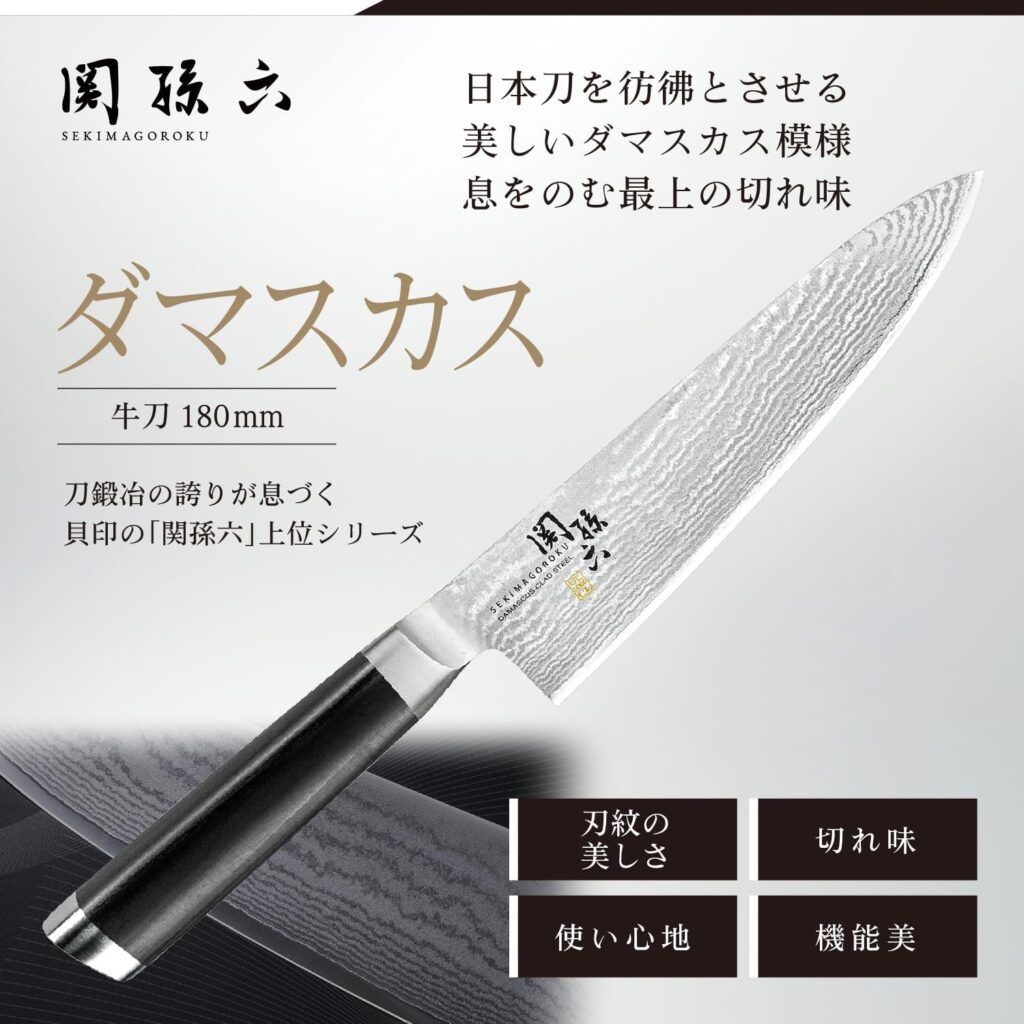
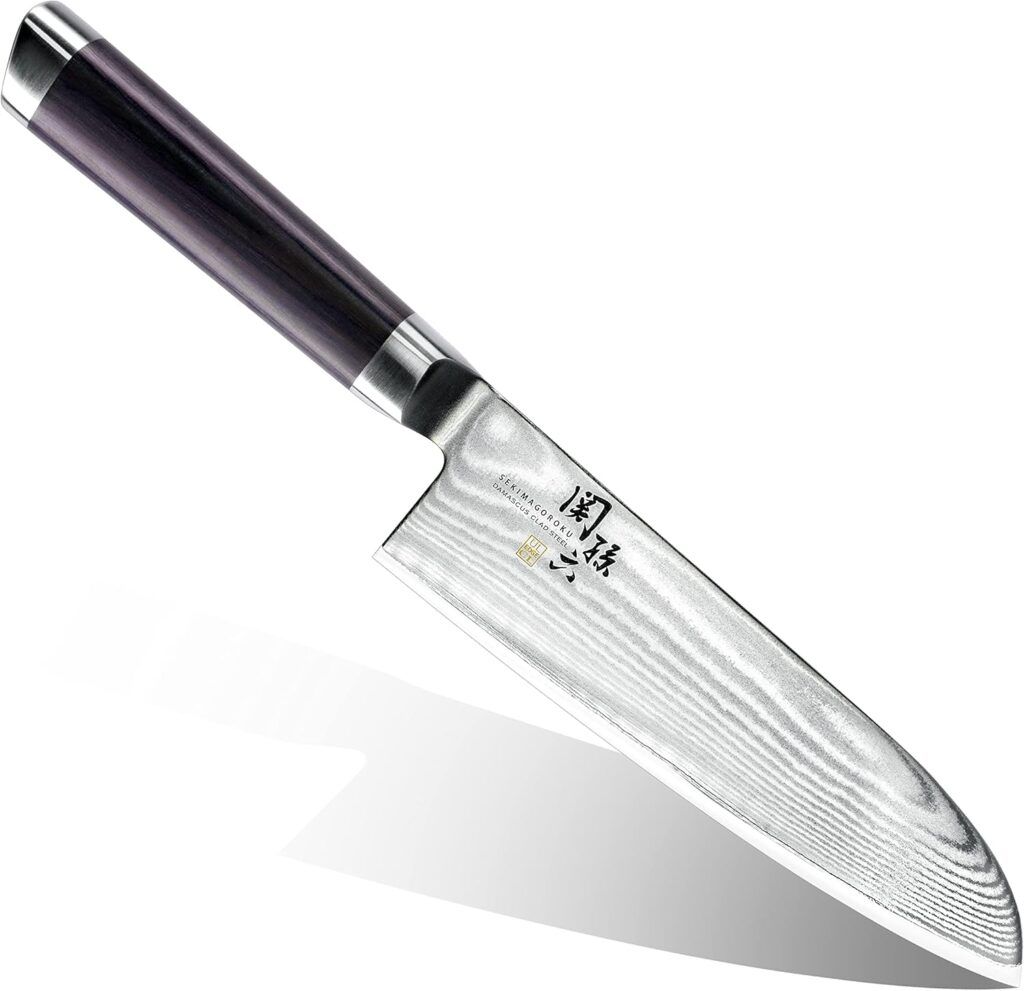
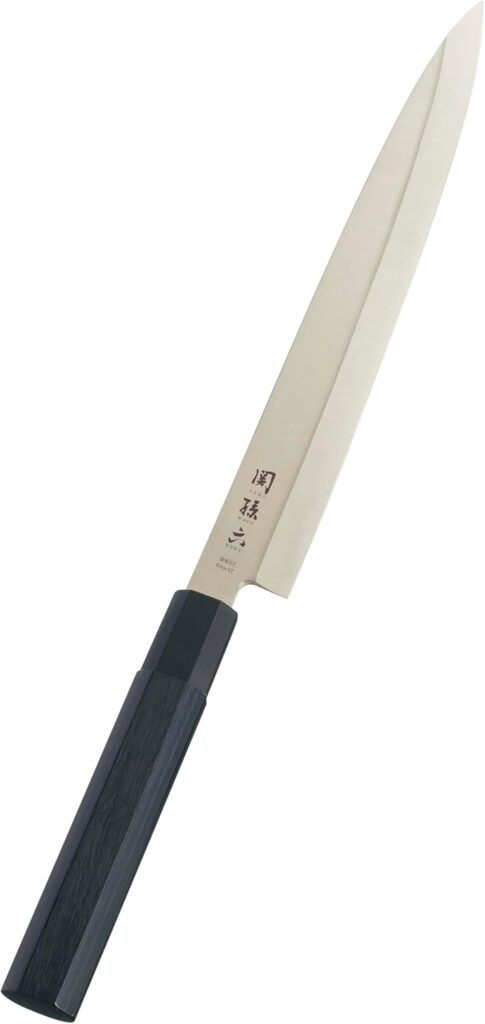
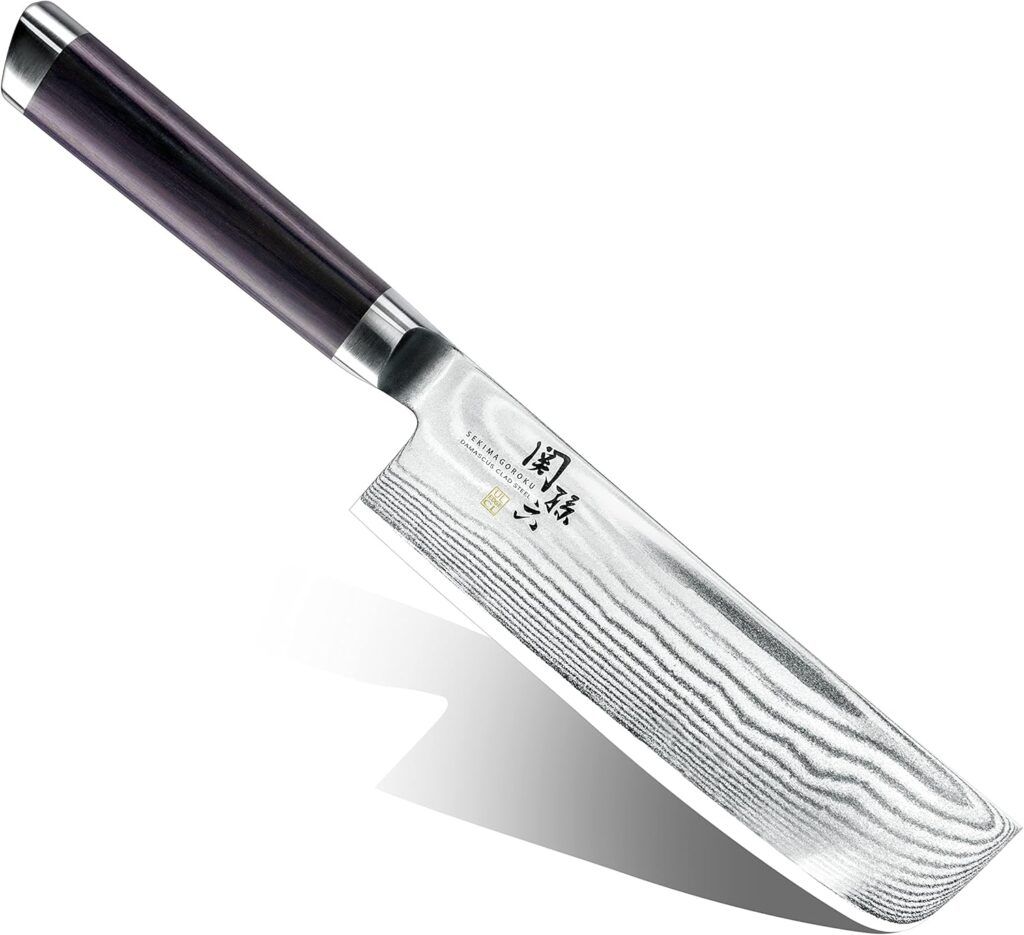
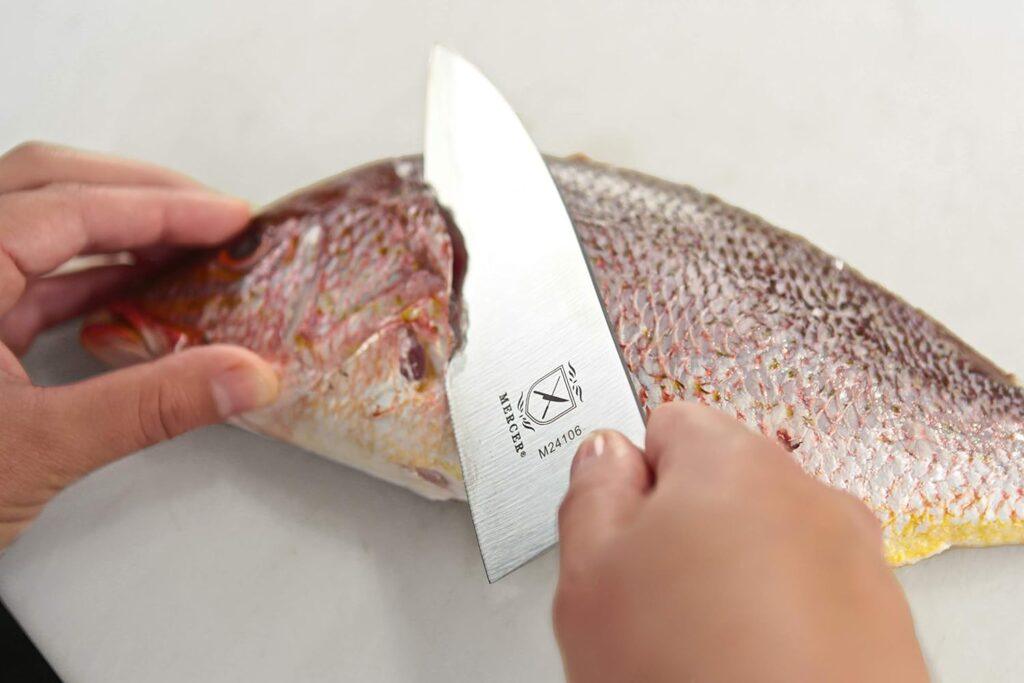
Interesting post – thanks for sharing. I actually met an old Japanese knife maker a few years ago while travelling in Japan. Amazing craftsmanship and I can definitely see why these knives can be very expensive sometimes. If only I was a good cook !!
Thank you so much for your comment, Raymond! How incredible that you got to meet a traditional knife maker in Japan – that’s a truly special experience. Their craftsmanship really is an art form, isn’t it? And don’t worry about not being a pro in the kitchen—a great knife might just inspire you to cook more! 😊
Thanks for reading!
I’m absolutely fascinated with Japanese artistry. Can never go past a knife making video online. Would seriously love to meet one of these masters. Much respect to these old school Japanese craftsman 👊🏽
Right there with you Sebastian! It’s a fascinating craft, and the masters are true artists. It’s an art form in itself. So glad this post resonated with a fellow appreciation for Japanese artistry. Thanks for the great comment! 👊
Japanese craftsmanship and attention to detail always fascinates me. If only I could actually cook !!
Haha, I know the feeling Celine! Well you might be surprised—having a truly sharp, well-balanced knife in your hand actually makes cooking so much easier and more enjoyable. It’s one of those tools that does a lot of the work for you. Maybe this is the perfect excuse to start with something simple and see how it transforms the experience!